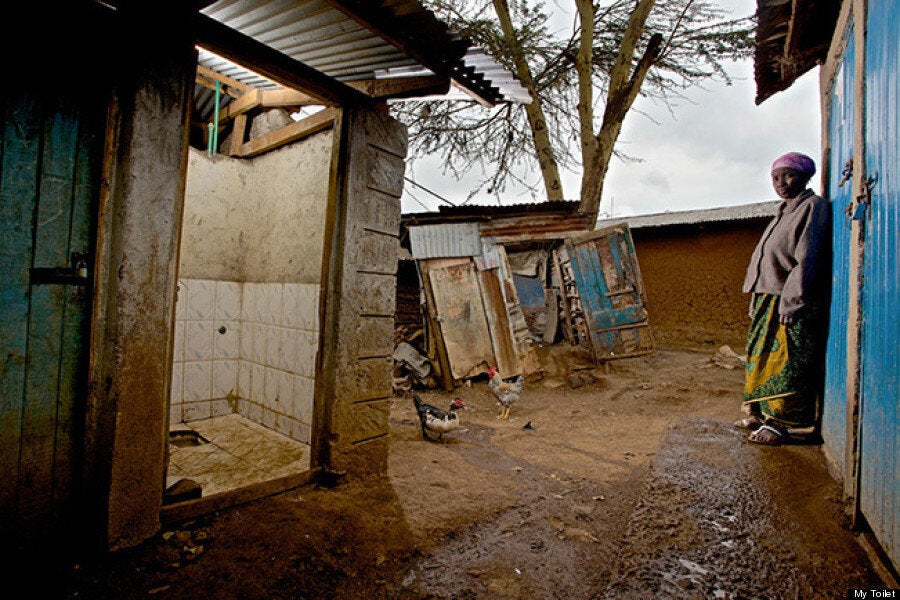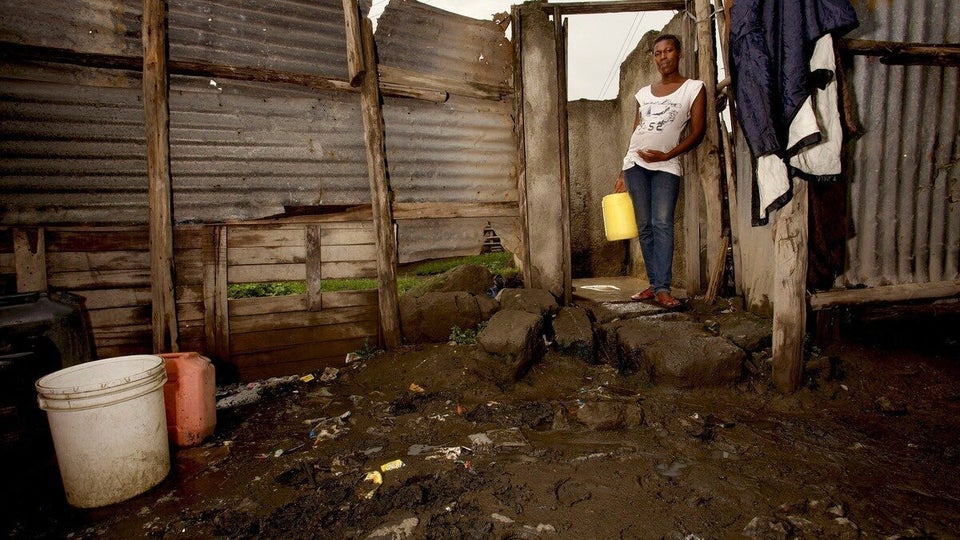It's World Toilet Day - and that's no laughing matter.
According to the United Nations, 2.5 billion people - that's one in three - don't have access to proper sanitation, including toilets. And it's women and children who suffer the most as a result.
As a result, 526 million women have no choice but to go to the toilet in the open, putting them at risk of harassment and sexual assault when they go to dark places for privacy.

Saumu, 54, lives in Kenya and has a toilet constructed from iron sheets. It is next to a well-constructed toilet, which she cannot use as she can’t afford the monthly charges.
To avoid this, many try to restrict how often they go to the toilet, which can lead to urine infections, constipation or stress.
Due to poor sanitation, around 44 million pregnant women have hookworm, a parasite that lives in the small intestine which is a serious health burden in developing countries.
And in Kenya, girls that have reached puberty miss nearly two months of learning every year, just because of having their periods. In some countries, few single-sex toilets in schools encourage to poor attendance rates among girls, damaging their changes in life.
This is not equality.
To mark World Toilet Day, and call for change, an exhibition is on show in London at The Royal Opera Arcade Gallery, documenting women and girls with their toilets and showing how important this access is to their lives.
The revealing 'My Toilet' shots were taken by Panos Pictures, in partnership with Water & Sanitation for the Urban Poor (WSUP).
